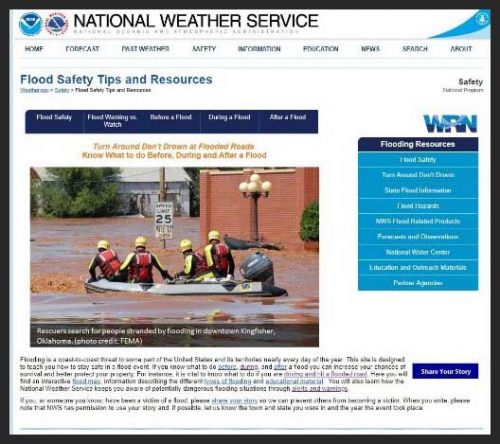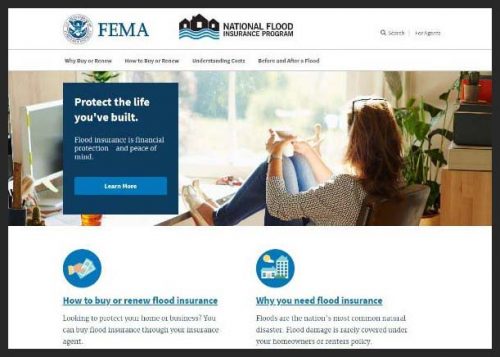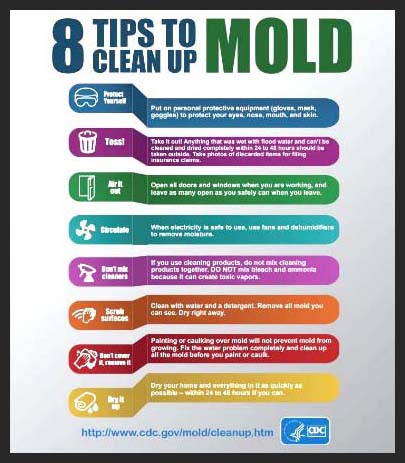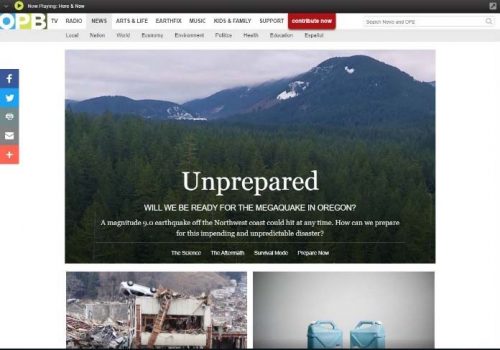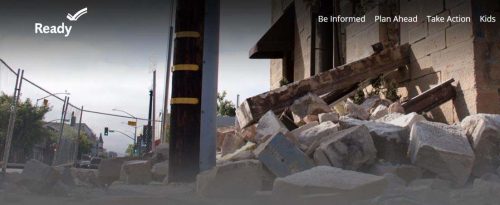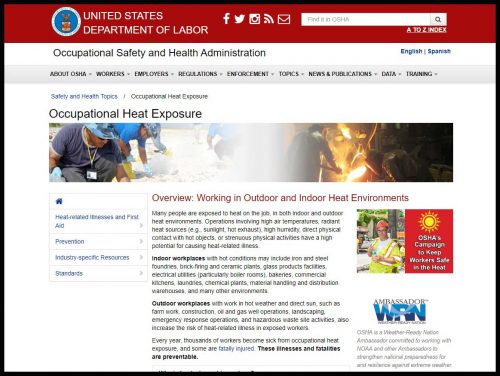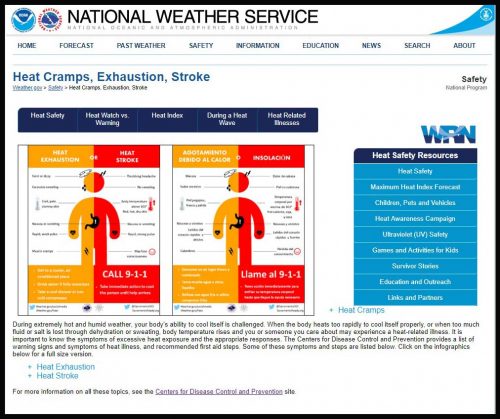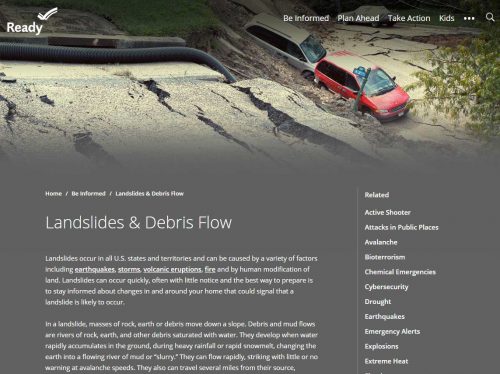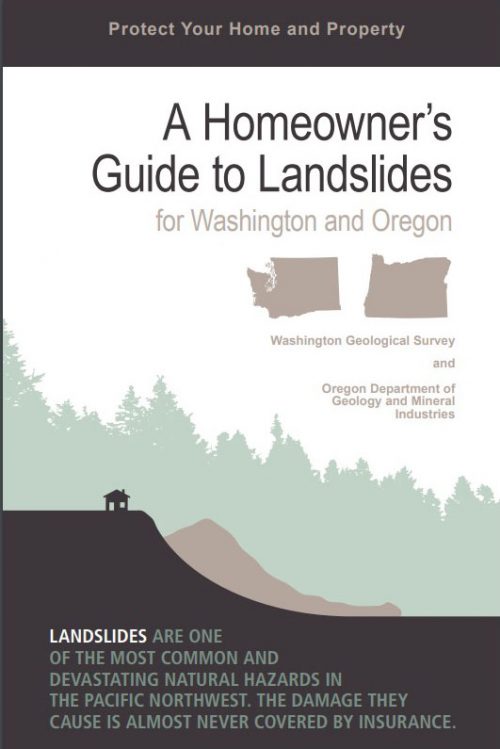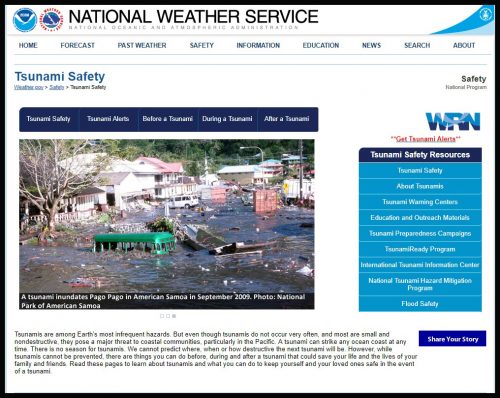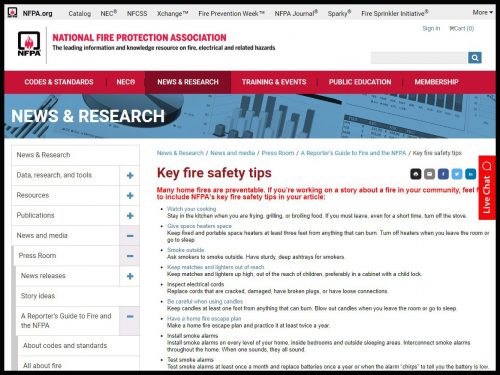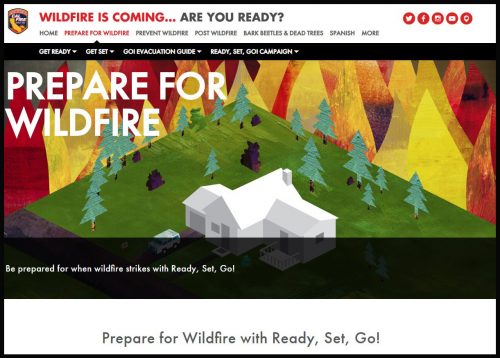Emergency Preparedness and Response
Emergency preparedness event
Learn about emergency preparedness, personal and pet preparedness, and campus safety, meet your preparedness team, grab some giveaways, and become informed.
Bring your questions and join us!
- April 25, 12-5pm, Southeast
- April 26, 12-5pm, Rock Creek
- May 1, 12-5pm, Sylvania
- May 2, 12-5pm, Cascade
For questions or more info, email prepare@pcc.edu

Come say hello!
- Freya from Everything Lifesaving will be in attendance to help demonstrate doggie first aid
- PCC Emergency Preparedness Manager, Lorraine Churchill
- PCC Department of Public Safety Team
- Environmental Health & Safety
- …And maybe even Poppie the Panther!
- Local first responders will join in as their call volume allows
What you can learn about
- Sign up for PCC Alerts
- Assistance with signing up for Alerts in your home community
- Pet preparedness and medical first aid for dogs
- Personal preparedness
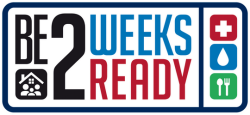
- Water and food supply preparedness
- Solar and other power supply options
- 2-week ready kits
- Personal first aid kits
- Community preparedness
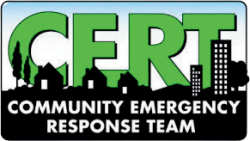
- CERT (Community Emergency Response Team)
- Campus CERT, Teen CERT, Accessible CERT
- Portland NET (Portland Neighborhood Emergency Team)
- UAS (drones) in disaster support
- Stop The Bleed – recognizing and stopping life-threatening bleeding.
- Volunteer opportunities and career pathways in disaster and emergency management
- CERT (Community Emergency Response Team)
Emergency situations pose a significant threat to the health, safety, and well-being of those nearby. These incidents can occur at any time, anywhere, with little or no warning. While the Department of Public Safety is committed to providing a safe and secure environment, it is important to remember that safety is a shared responsibility of everyone at Portland Community College (PCC). Help prevent and reduce the harmful effects of emergencies by following these simple steps: be vigilant; sign up for PCC Alerts, review campus safety procedures; and report any hazardous, suspicious, and criminal behavior.
In case of emergency call: 971-722-4444 or 911.
Emergency Procedures
Check out our Active Threat Presentation and the video below for more information on how to respond to an active threat on campus.
Know the Hazards and Start Preparing
Every day an infinite number of crisis situations occur, such as motor vehicle accidents, structural fires, medical emergencies, etc. Typically these incidents are managed by local first responders and affect only a small segment of the population. Occasionally, however, emergencies occur that exceed local capabilities and require additional assistance from neighboring jurisdictions, or even state and federal governments. Because these incidents are much larger in scale, it is often time-consuming to determine, 1) exactly where emergency assistance is needed, 2) what type of emergency assistance is needed, and 3) how to physically acquire and disseminate emergency resources. As a result, many individuals spend an indefinite period of time being self-reliant. Hence, it is wise to prepare for emergencies before they strike.
So, how do you go about preparing for the worst? The best advice is to keep it simple. First, familiarize yourself with the hazards most likely to occur in your area. Then, make a list of the essential items you cannot live without and the specific actions you would take if you are ever impacted by an emergency. The third step is to take action; sign up for emergency notifications, develop your plan, and create a “go bag” by assembling as many items as possible from the list you developed above. Finally, commit to developing your emergency preparedness skills now rather than later. You do not have to become a prepper or create an overnight go bag. The important thing is to take emergency preparedness seriously and develop your state of readiness when you can.
Let’s get started… Here in the Pacific Northwest, a number of natural, technological, and man-made emergencies can occur. Click on the various hazard types listed below for more information including tips to help you prepare.
Pacific Northwest Hazards
Floods
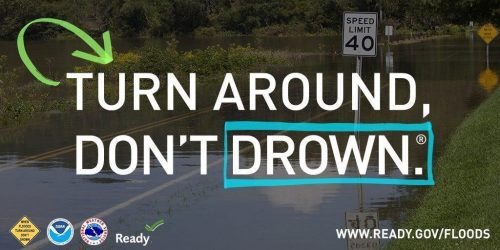 Floods are the most common and costliest natural disaster to occur. Each year, billions of dollars are spent in the U.S. on flood-related damages. Fortunately, most floods take hours or even days to develop, allowing residents sufficient time to prepare and/or evacuate. Flash floods, however, occur suddenly when heavy rainfall exceeds the absorption capacity of the soil.
Floods are the most common and costliest natural disaster to occur. Each year, billions of dollars are spent in the U.S. on flood-related damages. Fortunately, most floods take hours or even days to develop, allowing residents sufficient time to prepare and/or evacuate. Flash floods, however, occur suddenly when heavy rainfall exceeds the absorption capacity of the soil.
Immediate flood-related hazards include injuries, drownings, hypothermia, and electrocution from downed power lines. Of course, floods pose a number of residual risks as well. One example is the increased transmission of communicable diseases. A lot of people assume that floodwater and rainwater are the same, when in reality, floodwater is often contaminated with pathogens, raw sewage, fuel, pesticides, sharp objects, and other harmful materials. Stagnant water is also an excellent breeding ground for disease-transmitting mosquitoes.
For more flood safety information, use the resources below.
Earthquakes
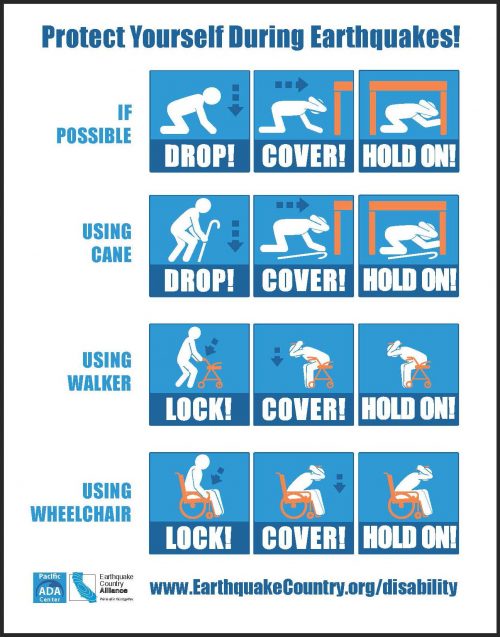 Earthquakes are caused by the sudden lateral or vertical movement of colliding rock within the Earth’s crust. This abrupt release of friction causes the earth’s surface to shake, sometimes violently. As a result, this can cause structures to collapse, objects to fall and break, gas and power lines to rupture, dams and levees to fail, liquefaction to occur, and tsunamis to take place. Needless to say, earthquakes can be very dangerous!
Earthquakes are caused by the sudden lateral or vertical movement of colliding rock within the Earth’s crust. This abrupt release of friction causes the earth’s surface to shake, sometimes violently. As a result, this can cause structures to collapse, objects to fall and break, gas and power lines to rupture, dams and levees to fail, liquefaction to occur, and tsunamis to take place. Needless to say, earthquakes can be very dangerous!
Here in the Pacific Northwest, many scientists believe that a megathrust earthquake along the Cascadia Subduction Zone is overdue. For those of you who did not know, the Cascadia Subduction Zone is just off the coast to our west, and megathrust earthquakes are said to be the most powerful.
Just how bad do scientists believe the next “big one” will be, and what should we do to prepare? Use the resources below to learn more.
Extreme Heat
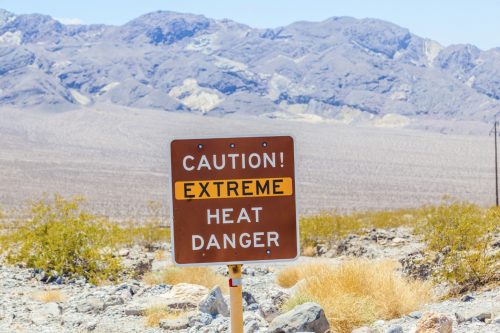 Extreme heat becomes a concern when external temperatures hinder the body’s ability to regulate internal temperatures. Excessive heat is not only discomforting, it can cause significant health concerns, which in extreme cases, can lead to unconsciousness or even death. Climate scientists have shown that the temperature in the Pacific Northwest has been on the rise and that this trend is expected to continue. These stagnant atmospheric conditions occur when climatic temperatures of 10 degrees or more above average are sustained for a significant period of time. Additionally, in humid conditions evaporation is slowed and the body must work harder to maintain a safe internal temperature. Extreme heat can also occur in enclosed environments such as a confined space where machinery or equipment is generating a large amount of heat, or when confined areas are subjected to radiant or solar heat in which individuals are unable to relocate to cooler conditions.
Extreme heat becomes a concern when external temperatures hinder the body’s ability to regulate internal temperatures. Excessive heat is not only discomforting, it can cause significant health concerns, which in extreme cases, can lead to unconsciousness or even death. Climate scientists have shown that the temperature in the Pacific Northwest has been on the rise and that this trend is expected to continue. These stagnant atmospheric conditions occur when climatic temperatures of 10 degrees or more above average are sustained for a significant period of time. Additionally, in humid conditions evaporation is slowed and the body must work harder to maintain a safe internal temperature. Extreme heat can also occur in enclosed environments such as a confined space where machinery or equipment is generating a large amount of heat, or when confined areas are subjected to radiant or solar heat in which individuals are unable to relocate to cooler conditions.
According to the Centers for Disease Control and Prevention (CDC), extreme heat results in the death of over 600 people in the United States each year. Those most impacted by such harmful effects include younger children, those requiring mobility assistance, those who are ill or overweight, older populations, and pets. To reduce complications related to extreme heat, individuals should limit strenuous activities and exercise to the coolest parts of the day, wear lightweight, loose-fitting clothing, drink non-alcoholic beverages frequently, and whenever possible, relocate to areas where fans and air conditioning are utilized.
Learn more about how to protect yourself from heat-related illness using the resources below.
Landslides and Debris Flows
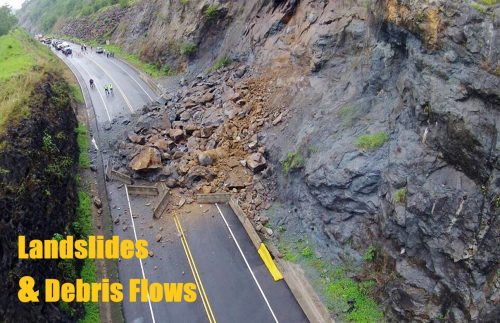 Landslides and debris flows are the downward movement of water, rock, soil, clay, and other debris which can not only block roads and highways and sweep cars and homes away, the tremendously heavy river of ground matter can trap and sweep individuals away as well. Most people correlate landslides with rainy conditions occurring over sloping land with little or no vegetation to stabilize the ground and hold it in place. Snowmelt over porous soil also triggers landslides which can travel miles from the source of the melting ice. Warming climatic conditions and greenhouse gasses also contribute to the changes that leave the earth vulnerable in much the same way. Thawing permafrost resulting from the loss of ice below these frozen land masses results in ground that is unstable and more likely to move during heavy downpours, or when earthquakes, volcanoes, or avalanches occur.
Landslides and debris flows are the downward movement of water, rock, soil, clay, and other debris which can not only block roads and highways and sweep cars and homes away, the tremendously heavy river of ground matter can trap and sweep individuals away as well. Most people correlate landslides with rainy conditions occurring over sloping land with little or no vegetation to stabilize the ground and hold it in place. Snowmelt over porous soil also triggers landslides which can travel miles from the source of the melting ice. Warming climatic conditions and greenhouse gasses also contribute to the changes that leave the earth vulnerable in much the same way. Thawing permafrost resulting from the loss of ice below these frozen land masses results in ground that is unstable and more likely to move during heavy downpours, or when earthquakes, volcanoes, or avalanches occur.
Use the resources below to learn how you can protect yourself from landslides and debris flows.
Tsunamis
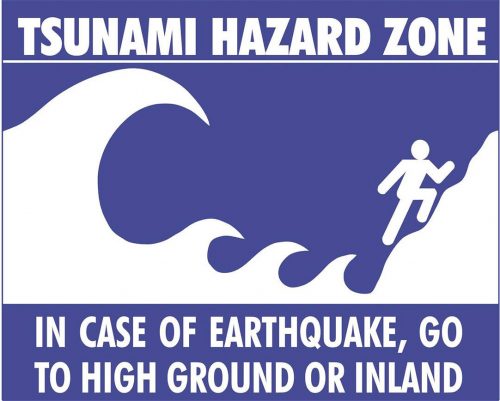 A tsunami is a series of large, vertical waves caused by a massive disturbance to ocean water. Tsunamis are caused by volcanic eruptions, underwater earthquakes or landslides, and meteor impacts.
A tsunami is a series of large, vertical waves caused by a massive disturbance to ocean water. Tsunamis are caused by volcanic eruptions, underwater earthquakes or landslides, and meteor impacts.
Did you know that 80% of all tsunamis occur along the Pacific “Ring of Fire,” which runs along the coast of Oregon? When tsunamis occur, large waves and the rapid surge of extremely turbulent sea water can move inward for miles causing widespread death and destruction.
Learn more about tsunami safety by using the resources below.
Fires (structural fires and wildfires)
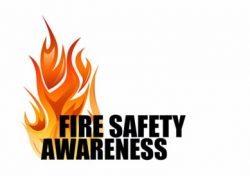 Both structural and environmental fires can impact people living in the Portland Metro area. Structural fires are those involving residential, commercial, or industrial buildings. Wildfires typically consume combustible vegetation and are frequently fanned by strong winds allowing them to spread over large areas of land before being contained. Smoke, heat, and reduced visibility can easily hinder an individual’s efforts to escape from a fire. Likewise, the quality of air in and around these fires can irritate a person’s eyes and cause serious respiratory concerns.
Both structural and environmental fires can impact people living in the Portland Metro area. Structural fires are those involving residential, commercial, or industrial buildings. Wildfires typically consume combustible vegetation and are frequently fanned by strong winds allowing them to spread over large areas of land before being contained. Smoke, heat, and reduced visibility can easily hinder an individual’s efforts to escape from a fire. Likewise, the quality of air in and around these fires can irritate a person’s eyes and cause serious respiratory concerns.
For fire safety information, use the resources below.
Inclement Weather, Severe Storms, and Tornadoes
More information coming soon.
HAZMAT Incidents
More information coming soon.
Communicable Diseases
More information coming soon.
Utility Disruptions and Failures
More information coming soon.
Bomb Threats and Suspicious Packages
More information coming soon.
Sign up for Emergency Notifications
Use the appropriate link(s) below to sign up for emergency notifications in your area:
- Portland Community College
- Clackamas County
- Columbia County
- Multnomah County
- Washington County
- Yamhill County
Additional Preparedness Information
Use the appropriate link(s) below for topic-specific information:
- Preparedness for Everyone
- Preparedness for Individuals with Access and Functional Needs
- Preparedness for Children
- Preparedness for Older Adults
- Preparedness for Pet Owners
Individuals with Access and Functional Needs
The Department of Public Safety is committed to providing equal access to emergency services. This includes relevant emergency preparedness information, timely emergency notifications, and reasonable mobility accommodations. If for any reason you are unable to participate in emergency evacuation drills or activities please contact Accessible Ed and Disability Resources to arrange accommodations. For those who cannot exit PCC facilities during an evacuation, please attempt to move to the nearest enclosed stairwell so first responders can readily find you. Moreover, public safety staff and PCC evacuation team members will be directing first responders to these locations.
Accessible Ed and Disability Resources can also be reached at 971-722-4341 or aedr@pcc.edu.
Finally, all PCC buildings should have a one-page “Emergency Guide” located near each stairwell and exit doorway. This guide provides emergency contact information and recommended procedures to follow in the event of an emergency. Please utilize this guide as necessary. Download an electronic copy of the Emergency Guide.

